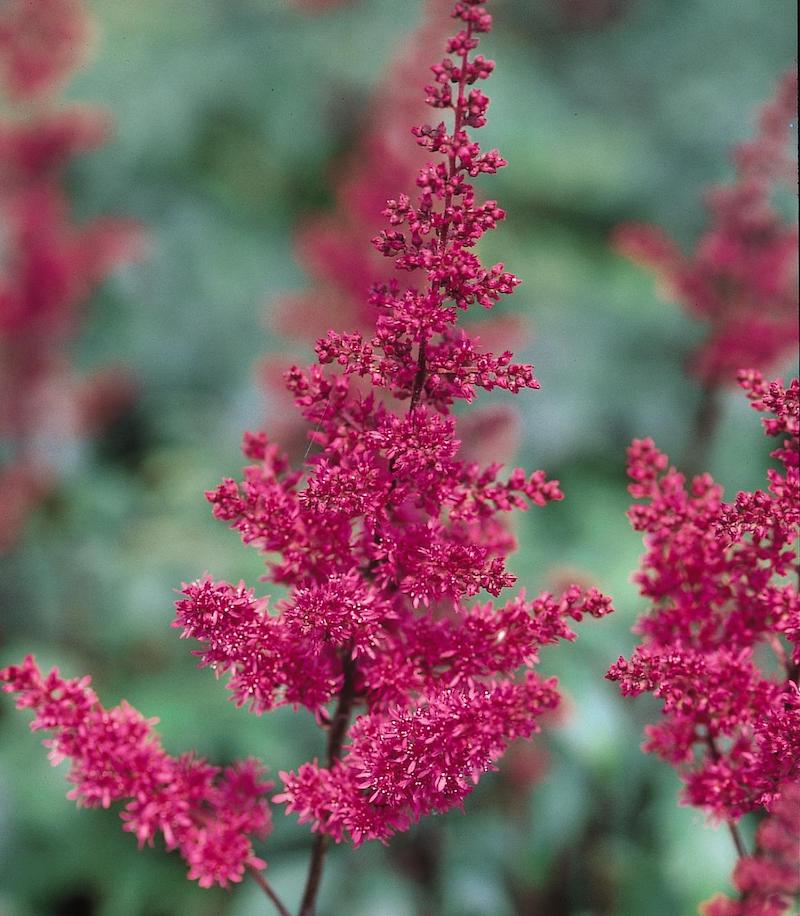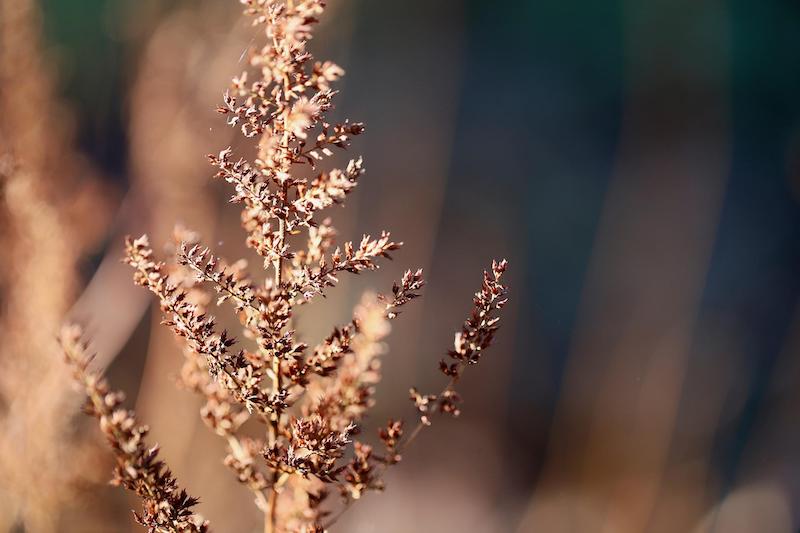Like many flowering perennials, the astilbe, or false goat’s beard, will benefit from maintenance pruning that will promote future blooms. Although pruning is not entirely necessary, unpruned plants may end up with fading flowers that appear ragged or disheveled. When your plant’s flowers begin to look scruffy, cutting them back will help to instantly improve the overall look of your astilbe.
In addition, you may also prune your perennial’s foliage. In general, this perennial’s leaves hold up well during the growing season, but in the case that they begin to turn yellow or brown, they should be pruned.

When to Prune Astilbe
To keep your astilbe in optimal condition, it’s recommended that you prune it on a yearly basis. Getting rid of any dry or dead-looking leaves as well as ragged flowers will keep your plant looking fresh and healthy year-round. The best time to prune your perennial’s spent flowers is between mid to late summer. Doing so will give your astilbe’s foliage a chance to shine.
The foliage will turn a beautiful color during the fall season and will contrast the foliage of other shade plants like hostas beautifully. In overly harsh sun, the leaves may develop sunburn. You can remove any leaves that look brown and crispy.
To care for your astilbe during the winter season, you can confidently cut back all of your perennial’s leaves. Be sure to leave about 3 inches of stem above the soil. Doing so will simplify winter care. You will also get brand new growth for the following spring season.

Why Prune Astilbe
Astilbe may be pruned for an array of reasons. For example, if your perennial is overgrown or severely damaged, heavy pruning will be highly beneficial. Eliminating any dead flowers and leaves will restore the appearance of your plant and encourage new growth. You may also want to gather flowers to create a decorative arrangement. If this is the case, you can cut each individual bloom near the base of the stem. Furthermore, regular removal of dead or broken sections will help to prevent pathogen spread.
How to Prune Astilbe
Step 1 - Eliminate spent flowers.
If you encounter any ragged-looking blooms during the mid and late spring, trim them to instantly improve the look of your astilbe.
Step 2 - Be wary of any dead areas.
Any sections of your perennial that appear dead or dried out should be removed immediately. Not doing so can encourage the spread of pathogens, which may completely kill your plant.
Step 3 - Harvest flowers during their prime time.
Astilbe produces gorgeous flowers that will look beautiful in a bouquet. To gather flowers from your perennial, cut them near the base of the stem.
Step 4 - Winterize astilbe.
To prepare your perennial for the wintertime, you can cut back all of its leaves, leaving behind stems that are about 3 inches in height. This will make caring for your plant during the winter much easier and will also give your perennial the opportunity to grow completely new leaves and flowers.
Astilbe Pruning Tips
- Prune every year to keep your perennial healthy
- Get rid of scruffy-looking flowers to give your astilbe a healthier appearance
- To prevent disease in your plant, remove any dead-looking sections
- Take advantage of healthy blooms by cutting them for use in a bouquet
 |
Author Chris Link - Published 07-06-2022 |
